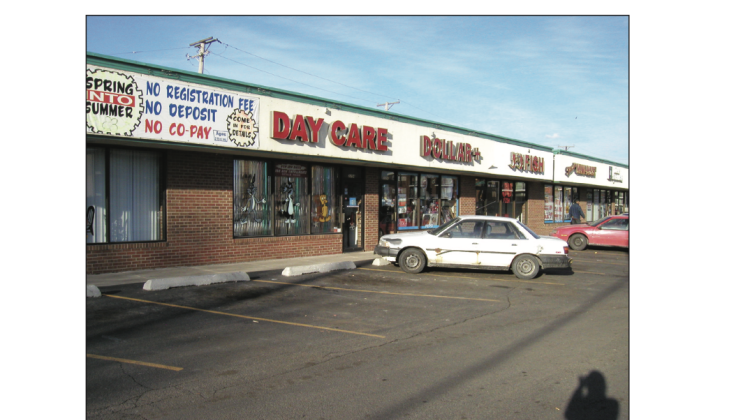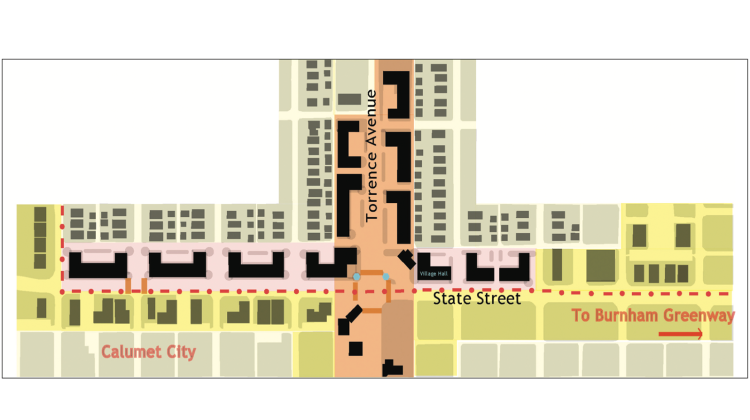Burnham: Comprehensive Retail Plan 2004











The Village of Burnham is located on Chicago’s southern border between the Little Calumet and Grand Calumet Rivers. The community has a rich history tied to Al Capone and the prohibition bootleggers of the 1920s. Burnham possesses a variety of other amenities including the Burnham Woods Golf Course, the Burnham native prairie preserve, and close proximity to the busiest commuter rail station on the South Shore Line.
Burnham is at a critical juncture. The community relies heavily on its residential property taxes to support municipal services while many commercial areas are vacant and do not contribute much sales tax revenue. Many of the residents’ shopping needs are not met locally. The Village has had little new construction in the last 40 years and its retail districts are characterized by a placeless feel.
This plan, commissioned by the Village of Burnham in the fall of 2004, recommends ways for Burnham to improve the physical environment and economic performance of its retail corridors. It is intended as a visionary and action-oriented guide for future planning efforts in the community. This plan comprises the third volume in the City Design Center’s Urban Business Districts Program. The Program was created in 2003 to provide planning assistance for disinvested commercial districts in the Chicago region. The principal product of the program is a comprehensive retail plan. The Program’s planning process creates a revitalization plan that is designed to enhance the livability, appearance, and economic viability of the retail district.
During the spring of 2005, students in a UIC Master’s in Urban Planning studio class conducted baseline analysis, undertook detailed research in priority areas, and formulated recommendations for Burnham. Students worked in teams and examined economic and physical factors influencing the community’s retail districts. The class was geared toward advanced Master’s students specializing in physical planning and economic development and was assisted in its relations with the Village by a class research assistant.
This plan recommends the redevelopment of Burnham’s waterfronts into new recreational areas that anchor neighborhood shopping districts and stimulate new residential development nearby. Other important aspects of the plan include integrating the local commuter rail station into the urban fabric and updating and improving the appearance of commercial districts. This plan reflects the outcome of a nine-month partnership between the Village of Burnham and the University of Illinois at Chicago. We are confident that with time and continued effort the Village of Burnham can significantly enhance its retail corridors, and that this plan will serve as an effective and clear roadmap toward that goal.


